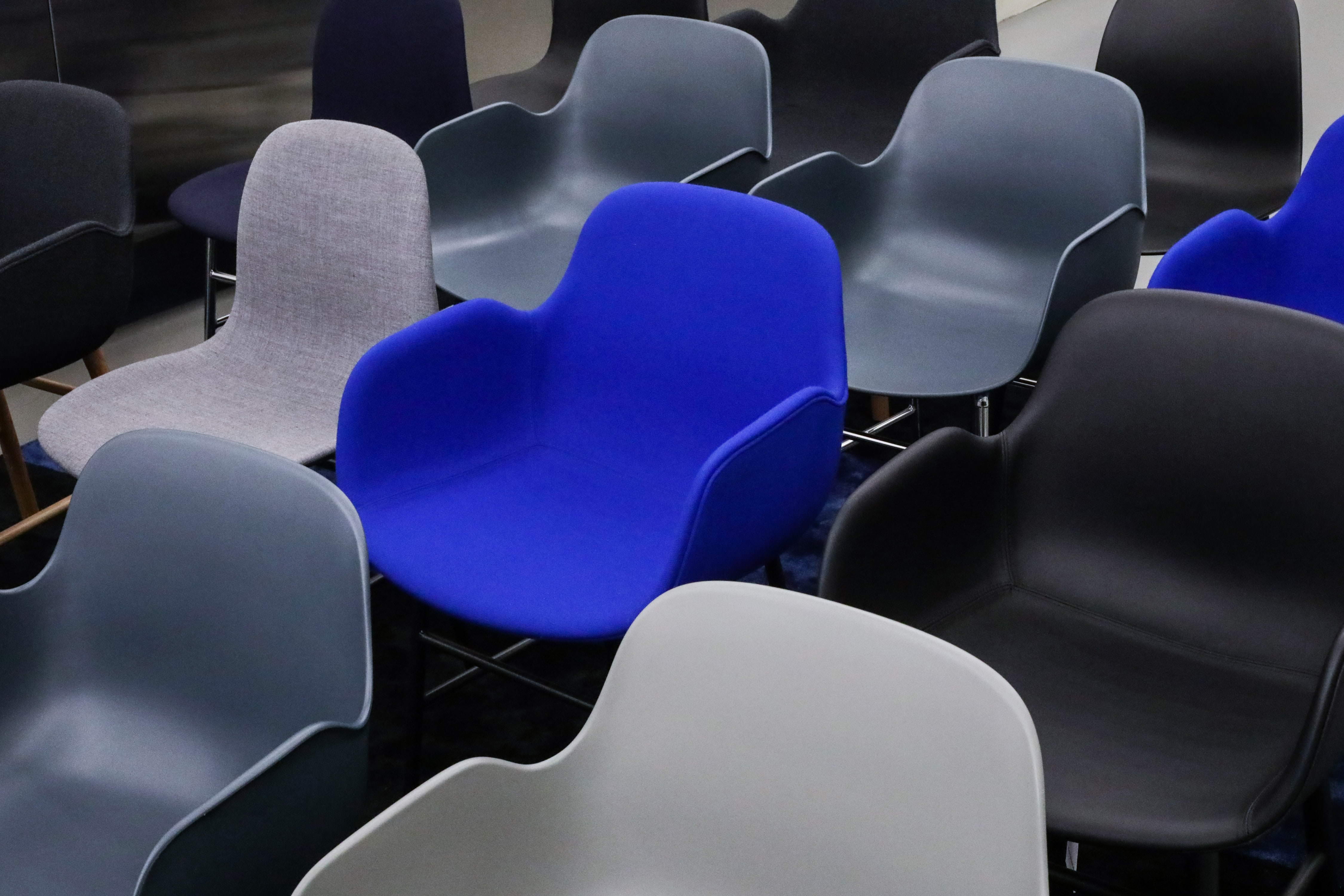Non-12 Step Recovery Options
While millions of individuals may attend and recover through 12-step fellowships, like Alcoholics Anonymous (AA), there is a common misconception that this is the only way to recover. But that isn’t an accurate picture of the recovery landscape today. In fact, just under half of those who recover do so without 12-step recovery. At a time when so many people are dying from untreated alcohol and other drug use disorders, we need to be able to direct people to a number of non-12 step recovery options. There is a pathway out there for everyone!

Photo by Jacob Weinzettel on Unsplash
The addiction landscape in the US
Of the 20 million Americans with substance use disorder and the 17 million Americans who suffer from alcohol use disorder, less than 10 percent get the help they need. One of the reasons for this is shame and the fear of being judged — by friends, family, and colleagues — and others include availability and accessibility of quality treatment.
These figures show that what we’re doing isn’t enough. 88,000 Americans die each year due to alcohol use disorder, and 70,000 due to drug overdoses.
The picture of recovery in the US
Despite AA or other 12-step groups being a popular option for people in recovery — and we support that pathway if it works for you — that isn’t necessarily the picture of recovery in America. In fact, a leading study shows that tens of millions of Americans have successfully resolved an alcohol or drug problem through a variety of traditional and nontraditional ways, meaning that:
- Around 55 percent recovered with help from mutual-aid groups, in programs like AA or SMART Recovery, or by using other recovery support services and treatment.
- Approximately 45 percent recovered without any formal assistance or recovery supports, otherwise known as “natural recovery.”
Even though AA is successful for some, a recent study showed that other support groups — like SMART Recovery, Women for Sobriety, and LifeRing among others — were just as successful.
We are not here to say one recovery pathway is preferred over another. Rather, we want you to have the full picture of recovery according to the latest research, and have the resources available should you choose to take a non–12-step pathway of recovery.

Photo by Victor Garcia on Unsplash
Non–12-step pathways of recovery
According to the Recovery Research Institute, while there are many different pathways of recovery, they fall into three categories:
- Self-management pathways
- Non-clinical pathways
- Clinical pathways
Self-management pathways
Recovering through self-managed pathways simply means that there is no formal process of recovery, or engagement in professional services.
Clinical pathways
Clinical pathways of recovery involve professional intervention from a healthcare provider, clinician, or other credentialed professional. Typically this involves any of various types of treatment that can include inpatient care, medication-assisted recovery, or different types of therapy.
Non-clinical pathways
Non-clinical pathways includes peer-based recovery supports, recovery community centers, educational-based recovery services, faith-and culture-based recovery supports, and recovery housing. We have listed these below, with the exception of recovery community centers, which are specific to your local area.
Peer-based or mutual-aid meetings include:
- Refuge Recovery
- Recovery Dharma (a splinter group from Refuge Recovery)
- SMART Recovery
- LifeRing Secular Recovery
- Phoenix Multisport
- Moderation Management
- Transforming Youth Recovery
- Secular Organizations for Sobriety
For LGBTQ+ specific resources, read our recent blog.
Faith-and culture-based recovery supports
Like the above peer support groups, these groups are for people who practice certain faiths or identify culturally with the values of these organizations:
- Wellbriety Movement
- Celebrate Recovery
- Milati Islam
- Jewish Alcoholics, Chemically Dependent Persons, and Significant Others
Recovery housing
These are most commonly known as Oxford Houses, or sober living homes. Such facilities provide a safe space to help people transition from formal treatment to a supportive peer environment. You can find houses that have been certified through the National Alliance of Recovery Residences.
Education-based recovery services
Whether you are in high school or college, there is a campus near you dedicated to supporting students in maintaining their recovery. The Association of Recovery in Higher Education represents collegiate recovery programs across the US, and the Association of Recovery High Schools represents students globally.
